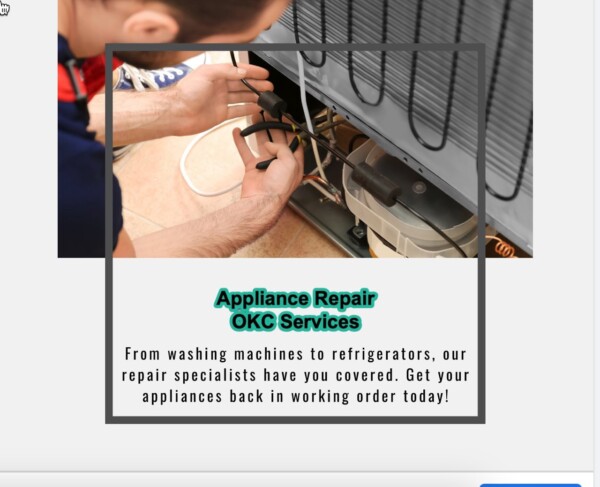Handling Refrigerant Leaks: Professional Repair and Safety Measures
Refrigerant leaks are more than a nuisance; they’re a potent threat to any property owner. Whether in a residential dwelling or a commercial enterprise, refrigerant leaks pose problems, including performance inefficiency, environmental degradation, and severe health hazards. Grasping the process of managing these leaks, comprehending the significance of professional repair, and implementing appropriate safety measures are critical to circumvent these issues.
Refrigerant functions as the lifeblood of an air conditioning or refrigeration system. Its primary task is to absorb and relinquish heat, thereby cooling the internal atmosphere of a building. This crucial element circulates continually within the system under intense pressure. When leaks ensue, there’s a decline in the cooling efficacy, a surge in energy consumption, and potentially, an outright system failure. Beyond the practical implications, there are also health concerns. Prolonged exposure to refrigerant leaks can trigger health complications, ranging from mild symptoms like eye, nose, and throat irritation to more severe manifestations such as headaches, nausea, and, at worst, refrigerant poisoning.
Understanding the types of refrigerant leaks provides insight into their origins and challenges. They’re broadly classified into two types: chronic and acute leaks. Chronic leaks are small, slow leaks that often go unnoticed until they have caused significant damage. They can stem from vibration, corrosion, and gradual wear and tear. On the other hand, acute leaks are large and rapid, typically resulting from system damage or improper installation.
Identifying a refrigerant leak is the crucial first step towards its rectification. Telltale signs of potential leaks encompass inadequate cooling, the emergence of frost on the refrigerant line, hissing sounds from the AC unit, and an unexplained escalation in energy bills. If these symptoms are apparent, reaching out to a professional HVAC technician, post-haste is vital. Tempting though it may be to resort to DIY repair, the lack of specialized training and tools often exacerbates the problem rather than its resolution.
Professional HVAC technicians have the tools, knowledge, and experience to efficiently diagnose and repair refrigerant leaks. They use sophisticated techniques such as electronic leak detection, UV dye leak detection, or bubble solution method to pinpoint the exact location of the leak. Once detected, the remaining refrigerant in the system is carefully evacuated, ensuring minimal environmental impact. The faulty component is either repaired or replaced, and the system is recharged with the correct amount and type of refrigerant. This intricate process requires specialized knowledge and skills; hence, it’s best assigned to trained professionals.
The implications of refrigerant leaks extend beyond the immediate cooling system. Refrigerants are classified as potent greenhouse gases; their uncontrolled release into the environment can exacerbate global warming. Consequently, the Environmental Protection Agency (EPA) imposes stringent regulations on HVAC technicians handling refrigerants. These professionals must secure EPA certification and adhere to specific protocols to curtail environmental harm.
Safety also remains paramount when handling refrigerants. Technicians employ Personal Protective Equipment (PPE), such as gloves, safety glasses, and respirators, to protect against skin contact, eye injuries, and inhalation of refrigerant gases. Working in well-ventilated areas is another standard practice, mitigating the risk of exposure to any escaped gases during the repair process.
As a homeowner or property owner, it’s essential to understand your role in promoting safety when faced with potential refrigerant leaks. If you suspect a leak, promptly switch off the cooling unit to restrict the leak’s extent. However, do not attempt to locate the leak yourself, as this could lead to exposure to harmful refrigerant gases. Instead, contact a professional HVAC service provider immediately.
While awaiting professional assistance, ensure the area is well-ventilated to disperse any refrigerant gases that may have escaped. Direct contact with refrigerants should be avoided, as they can cause frostbite or other injuries in contact with skin. Vulnerable individuals, especially children, and pets, should be evacuated from the area.
Moreover, preventive measures play an important role in averting refrigerant leaks. Regular HVAC system maintenance, including periodic inspections by professionals, can help detect potential problems early and avoid leaks altogether. Also, choosing HVAC systems with proven track records and warranties can help reduce the risk of leaks.
To conclude, handling refrigerant leaks is a severe task best left to trained professionals. From diagnosing the problem to executing repair processes, these tasks require skill, precision, and a commitment to safety and environmental protection. The knowledge and understanding of the process, awareness of safety measures, and the implementation of preventive measures are critical in mitigating system breakdowns, minimizing environmental damage, and safeguarding the health of those within the vicinity.
The post Handling Refrigerant Leaks: Professional Repair and Safety Measures appeared first on Appliance Repair OKC Services | Best Appliance, Washing Machine Repair Company in Oklahoma.


No comments:
Post a Comment